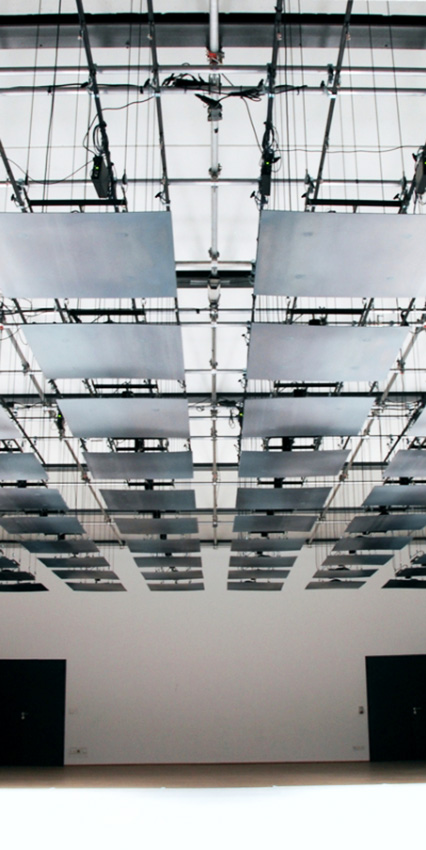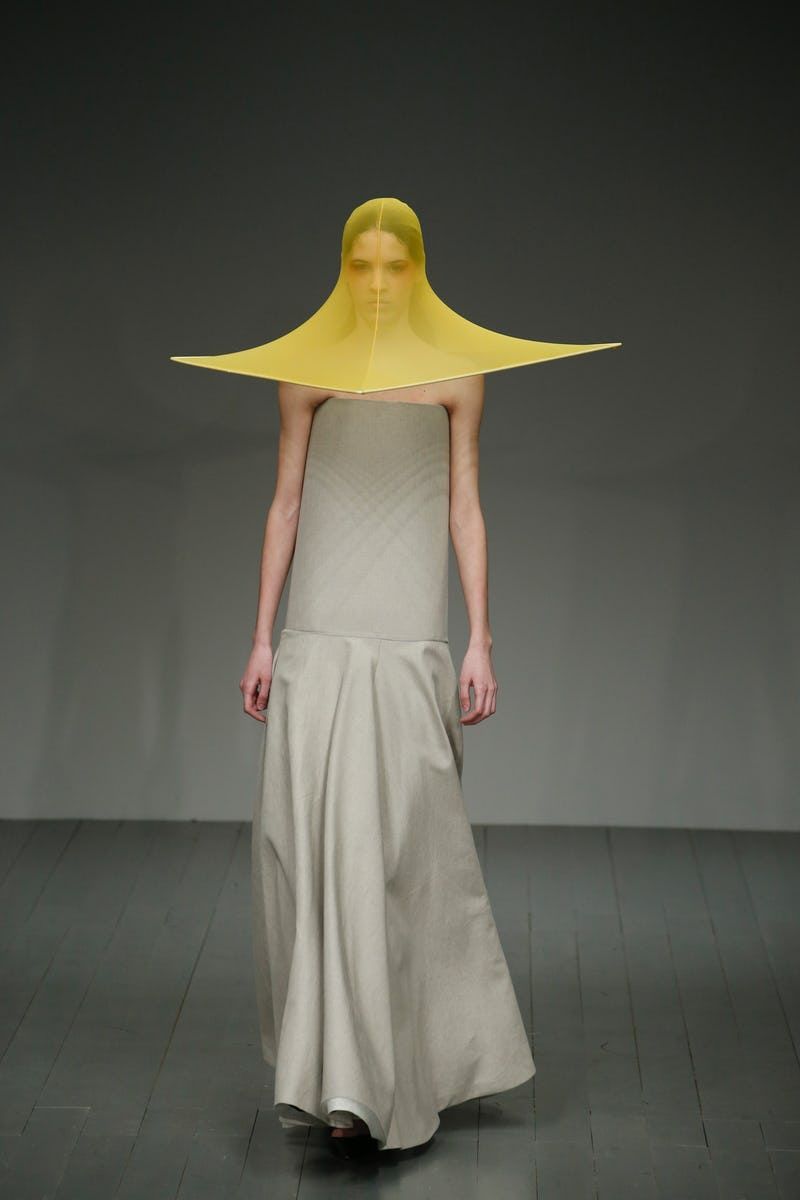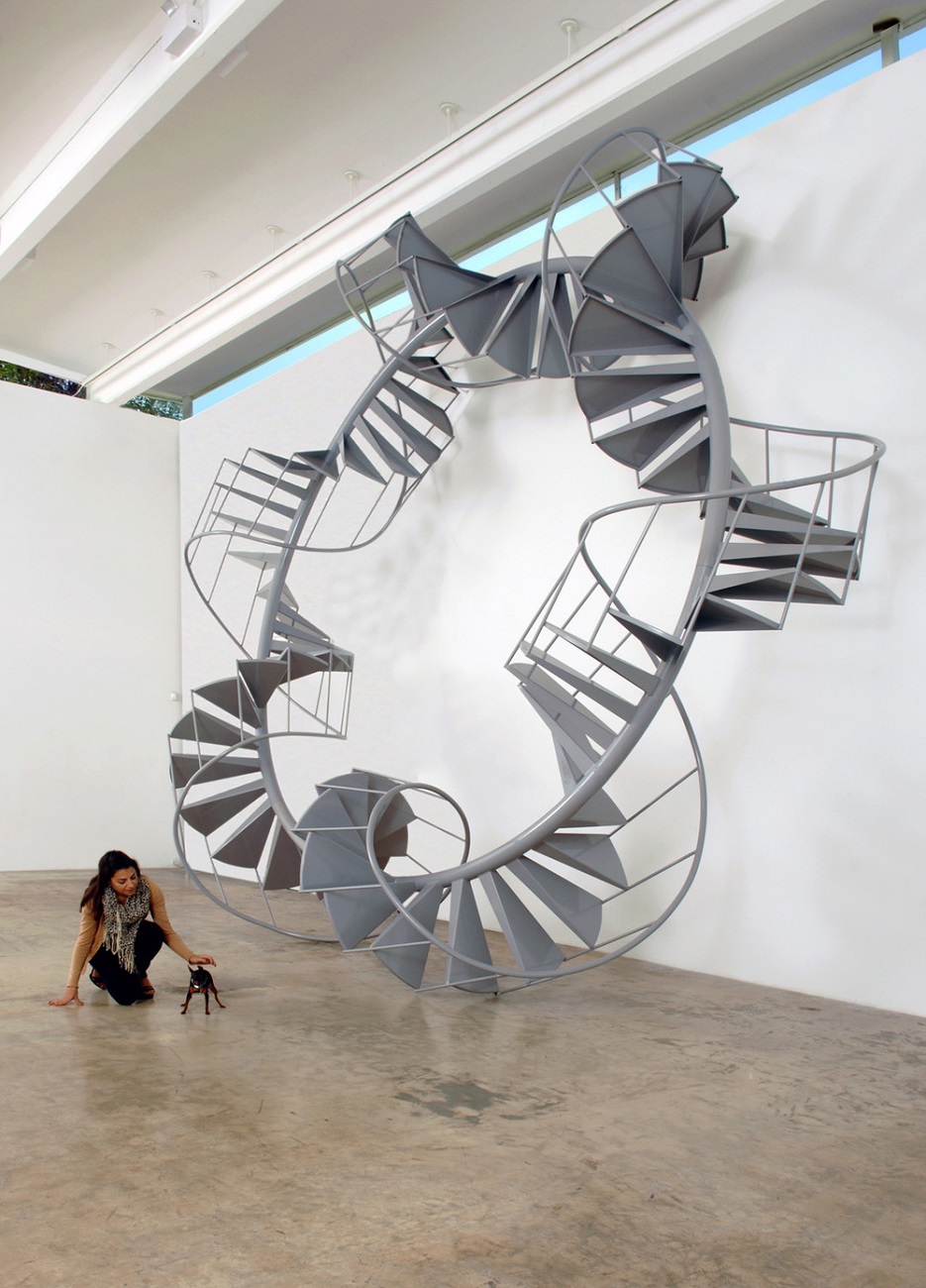ארווין וורם
アーウィンウーム
ЭРВИН ВУРМ
Erwin Wurm, one of Austria’s most important and internationally famous sculptors, has been preoccupied with expanding the concept of sculpture since the 1980s. Wurm is primarily a sculptor, and traditional sculptural concerns such as the relationship between object and pedestal, the function of gravity, the fixing of form, and the manipulation of volume, play through all his work.
Increasing, remodeling or removing volume, the habitual interests of many sculptors, are given a new twist in Wurm’s work. Volume and adding volume are treated as sociocrital issues. In 1993, Erwin Wurm wrote an instructional book on how to gain two clothing sizes in eight days. Eight years later, he made his first Fat Car by plumping up an existing car with styrofoam and fiberglass, which resulted in a pitiful, chubby version of the original sportsy model. By taking the question of obesity, Wurm probes the link between power, wealth and body weight. He also wants to offer a sharp criticism of our current value system, as the advertising world demands us to stay thin but to consume more and more.








